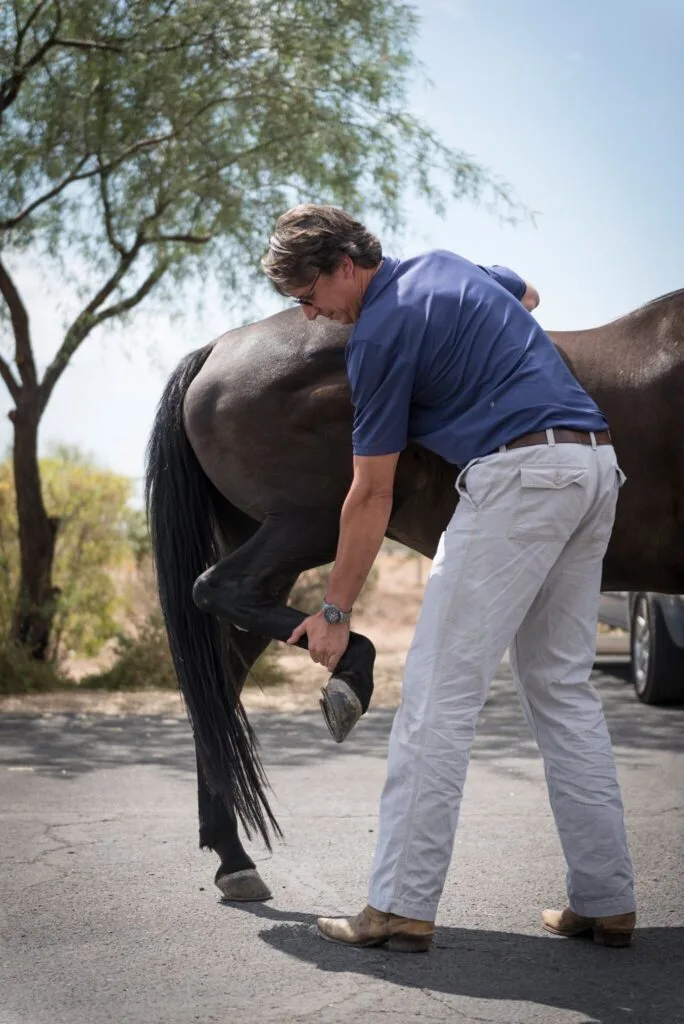Horses are magnificent creatures that are often used for riding, racing, and working. As an equine owner, it is essential to know the signs and symptoms of a possible lameness in horses. A lameness condition can have an impact on the horse’s mobility, causing difficulty in movement, pain, and discomfort. As horse owners and veterinarians in Scottsdale, it is important to understand the signs of lameness, its causes, and how it can be treated to ensure the horse is comfortable and healthy.
Understanding what Lameness Is
Lameness is a condition whereby a horse’s gait is abnormal and painful. It can be caused by a variety of factors, including injuries, infections, or even chronic degenerative issues. The symptoms of lameness in equine pets include limping, stiffness, a reluctance to walk or move, and an unwillingness to engage in activities that require mobility. Other indications are an uneven stance, a shortened stride, or even a noticeable head bob.
The Causes of Lameness in Horses
Several factors cause lameness in horses; these include trauma to the horse’s legs or hooves, inflammation, or even age-related degenerative changes. Poor nutrition in horses, obesity, or even poor horse care can also lead to lameness. Other potential causes include tendon or ligament injuries, muscle imbalances, arthritis, or hock or fetlock injuries. It is essential to determine what triggers the lameness, as this will help in the diagnosis and treatment of the condition.
The Diagnosis of Lameness
To diagnose lameness in Phoenix, veterinarians perform a thorough physical examination involving watching the horse move at different gaits to observe its posture and lameness. Veterinarians also observe the horse’s hooves and legs to check for any injuries or signs of inflammation, swelling, or pain and perform a flexion test to identify possible areas of pain. Other diagnostic tests include nerve blocks, x-rays, ultrasound, or MRI scans. 4. The Treatment of Lameness: The treatment of lameness in horses may vary depending on the underlying cause and severity of the condition. The first step is to identify the cause of the problem. Most cases of lameness near Cave Creek are treated through medication and therapy, while some require surgical intervention. Treatment options may include anti-inflammatory medication, joint injections, rehabilitation exercises, and corrective shoeing. If the lameness is severe, surgery may be the only option.
Preventing Lameness
Preventing lameness starts with proper horse care and nutrition; this includes providing adequate shelter, exercise, and a healthy diet that includes the right nutrients. Additionally, regular vet check-ups in Arizona are essential to ensure any underlying health conditions are detected and treated early. It is also essential to use proper equipment when riding or using horses in work-related activities. Finally, monitoring the horse’s movement, gait, and behavior can help detect potential lameness symptoms early and prevent the condition from developing.

Hire an Equine Specialist
In conclusion, lameness is an all-too-common problem for equine pets that can significantly impact their mobility and overall health. As a horse owner near Rio Verde or equine veterinarian, it is essential to understand the causes, diagnosis, and treatment options for lameness. Regular vet check-ups, proper horse care, and the use of the right equipment are critical in preventing lameness in horses. Remember that early detection and treatment are vital in ensuring the horse’s overall health and comfort. With the right care and attention, horses can enjoy a happy, healthy, and pain-free life.
Make sure to schedule your appointment with our amazing front desk specialist, Lisa at 623-581-5508 or book your next appointment on our website to get a full evaluation from the best in the industry.







